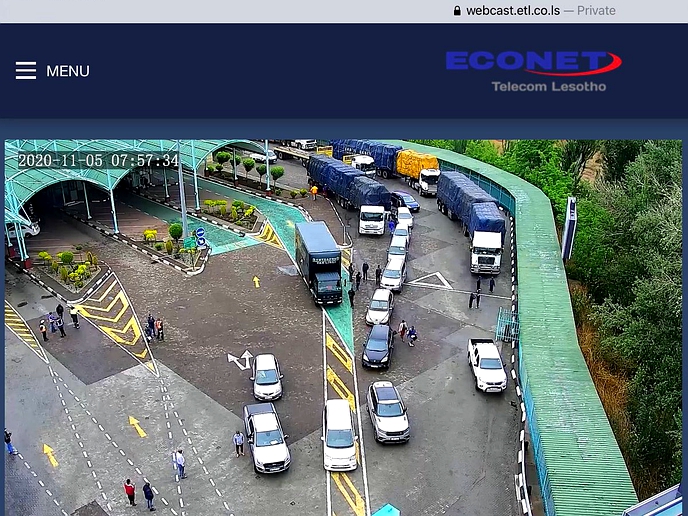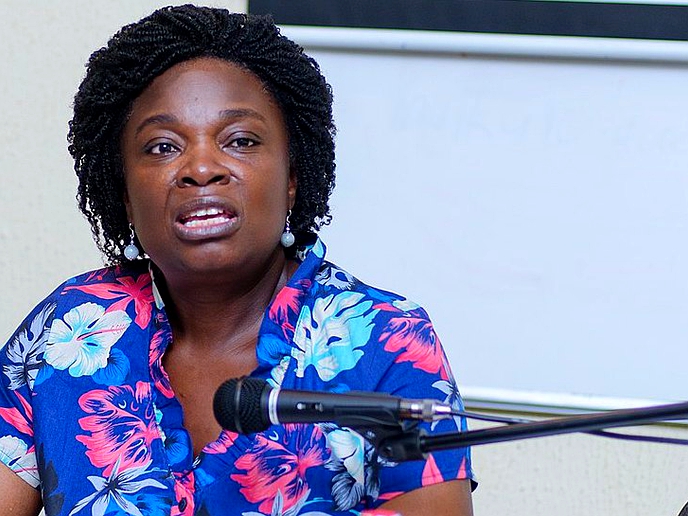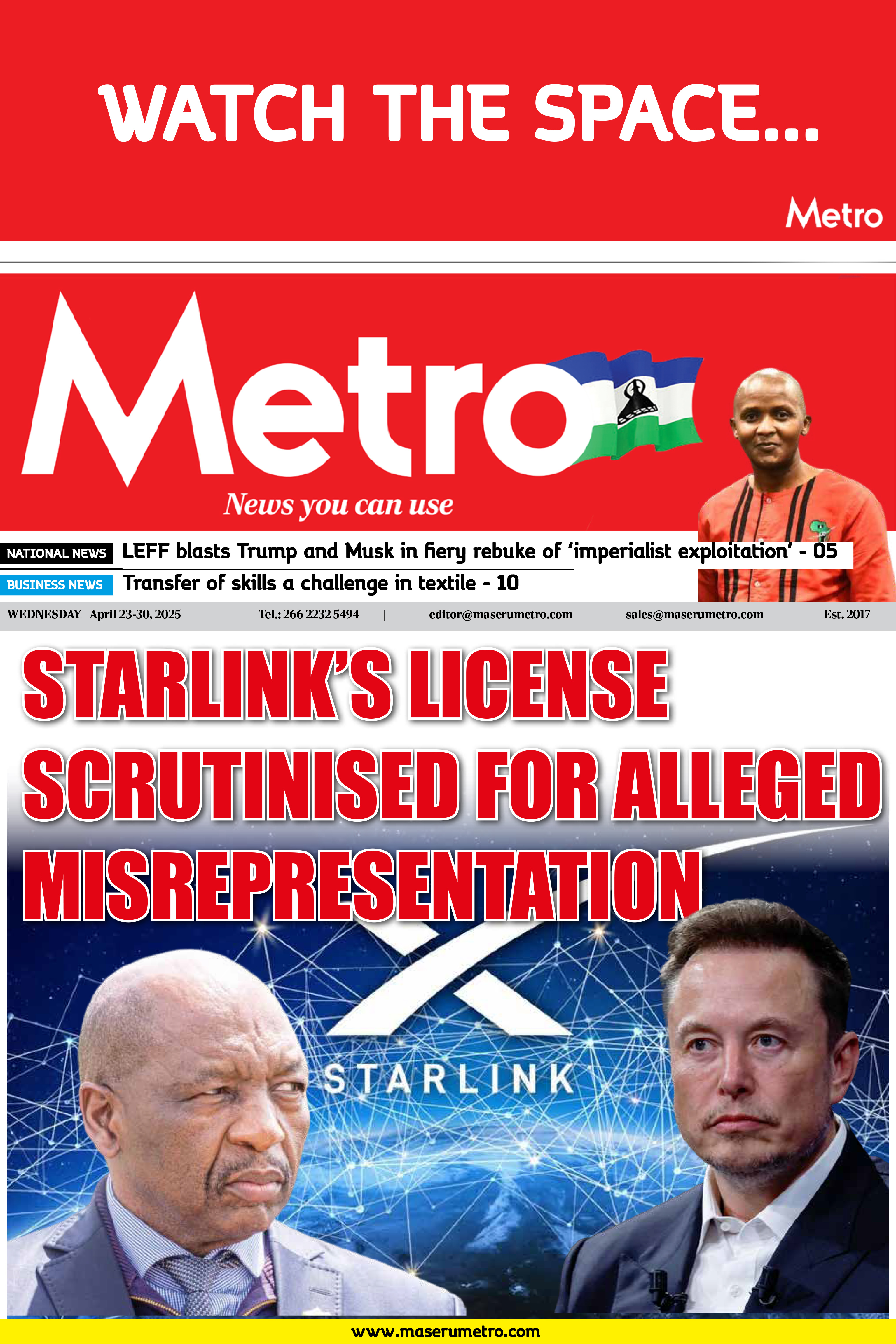A recently released Public Expenditure Review (PER) report by the World Bank has torn into Lesotho’s education system, concluding the system performs inadequately and is stagnant. The World Bank says current trends indicate that the system is unequitable in terms of educational outcomes, with poor children in deep rural areas (mountainous areas) particularly affected by inadequate learning in the early grades.
business
May 31, 2019
TEBOHO LEBESA
5 min read
WB tears into Lesotho’s education system

Education
The PER report is a result of collaboration between the World Bank and Lesotho’s ministries of education and finance, and was designed to inform the country’s efforts in expanding access to quality education services - while operating in an extremely fiscally constraint environment. The report, which was released in March, found that although education spending in Lesotho is one of the highest in the world as a percentage of GDP (13.5 percent of GDP) and universal access to primary education is enshrined in law, poor educational outcomes persist across the country.
Lesotho is also not on track to achieve the two education-related MDGs, with both primary enrollment (82 percent) and primary completion (65 percent) rates lagging far behind the goal of 100 percent, the report notes. "Student flows have stabilized with high repetition and dropout rates, and with many students over the appropriate age for their grade," notes the World Bank, adding that those who do remain until the end of primary school often face large impediments to transitioning to secondary education due to issues of access, as well as the high costs of secondary education. "Due to a combination of high salaries and low student-teacher ratios, the salary bill is extraordinarily large for a country at Lesotho’s level of socio-economic development," the report notes.
Enjoy our daily newsletter from today
Access exclusive newsletters, along with previews of new media releases.
All is not gloom, however, as the bank observes that there are some crucial measures for ensuring that secondary education expansion can be combined with fiscal austerity, including, reducing the recurrent costs of teachers per student, reducing the proportion of senior teachers on payroll, among other measures. The report also suggests the need to ensure that student-teacher ratios rise where this is practical, and maintaining or reducing the cost of construction of new schools through a variety of measures by opting for science kits instead of laboratories, and an in-classroom library corner instead of school libraries. These measures, the global body contends, may in turn free some resources to support poor children.
Now that universal and free primary education has largely been attained within the larger education system, findings are that it is important for government to reiterate its commitment to expanding junior secondary education - and to make it universal over time by 2030. "This time, however, it should adopt a more realistic time frame and commit enough resources to this goal to make it feasible. Moreover, this expansion can be undertaken in a way that expands access for the poor. “Undertaking such an expansion under difficult macroeconomic circumstances is not going to be easy, and it will take political commitment. However, the enrollment projections in this document have shown that attaining universal junior secondary education is within reach by 2030," says the World Bank report.
The Ministry of Education has further been advised to give clear priority to expansion of access to junior secondary education, combined with attention to educational quality at primary level as this would ensure accelerated flows through primary school so that more children can enter junior secondary education with a solid knowledge base. Two matters have been identified as the best methods of accomplishing improvements in educational quality, that is; limited resources need not be a major constraint in improving quality; and that improving quality at the higher levels of the education system requires a good foundation at the lower levels.
To achieve quality secondary education, it is imperative to achieve such quality in primary schools, particularly the foundational skills of reading, writing and arithmetic. This will require greater attention to training teachers about how to teach these foundational skills, says the report. The World Bank goes further to point out that high governmental spending in the education sector reflects its priority of providing free primary education. Lesotho spent about 10 percent of its gross domestic product (GDP) for the education sector in fiscal year (FY) 2015/16 - more than other countries at the same level of income per capita.
Primary education receives the largest share of spending in accordance with the country’s provision of free primary education. And the World Bank notes in its report that when bursary spending through the Manpower Development Secretariat is included, tertiary spending is also high and, by contrast, spending on Early Childhood Care and Development is very low, as is secondary education spending. Findings also reveal that since the introduction of free primary education in the year 2000, the number of teachers has increased by 50 percent, contributing to lower student-teacher ratios notwithstanding the great geographical disparities.
"With almost 15 900 teachers, Lesotho has achieved a student-teacher ratio of 30 for the country as a whole, with a ratio of 33 in primary schools and 25 in secondary schools - although with great variation across districts. However, this is not particularly high in an international context," observes the World Bank.
According to data from the World Development Indicators (WDI), the primary level student-teacher ratio is 55 in Mozambique and 34 in South Africa, whereas in secondary schools it is 40 in Mozambique, 24 in Namibia, and 25 in South Africa. Findings also show that the largest share of education spending is for recurrent expenses, with the Ministry of Education spending almost 80 percent of its budget on staff. High spending in the education sector appears to be driven by high teacher salaries further constraining limited resources, considering the country’s economic status as a lower-middle-income country, the high rate of unemployment among potential teachers, and the salaries paid to other public and private sector workers in Lesotho, the report says.
Adds the report: "The average teacher salary in primary schools is eight times the rate of per capita GDP, whereas in secondary schools it is over 11 times the rate of per capita GDP. This compares with ratios of about 3 and 4 times the rate of per capita GDP, respectively, in other countries at a similar level of development (Lesotho Country Diagnostic Study 2016). "Despite high spending on education and human resources, sector outcomes have been inadequate and inequitable especially in rural remote and mountainous areas of the country." This can be observed through slow progression through the school system, and poor scores in international educational evaluation.
The sorry state of the country's education system is brought to the fore on the heels of a two months-old strike by teachers to force government to effect sectoral salary increments and improve teachers' working conditions. Government and the teachers have since struck an agreement for the teachers to return to work while negotiations between the education ministry and teachers' unions continue. The teachers strike was spearheaded by the Lesotho Association of Teachers (LAT), Lesotho Teachers Trade Union (LTTU) and the Lesotho School Principals Association (LeSPA) which charged, among others, that teachers' salary structures have not been reviewed for the past 10 years and that this needed immediate review. Teachers also wanted a minimum eight percent increment in the 2019/20 fiscal year, or a tax credit of M1200 alternative, which would see their taxes reduced to enable them to take home more disposable income.





